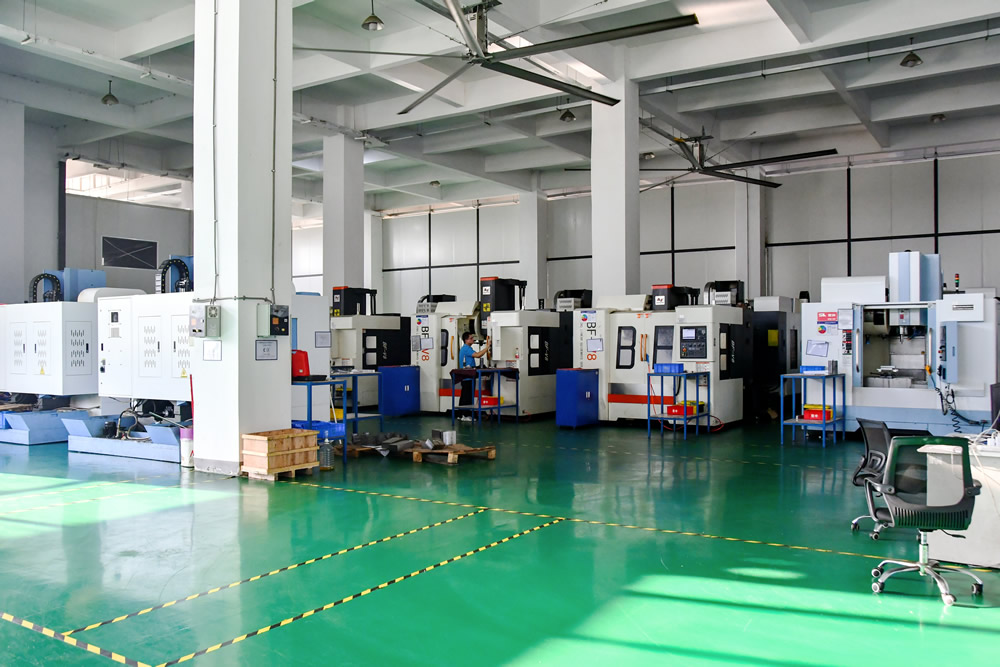
Machining centers are the cornerstone of modern manufacturing, offering automation, precision, and efficiency. These advanced CNC machines streamline processes, ensuring consistent and accurate production.
This guide covers the essentials of machining centers, their components, types, applications, and solutions to common challenges.
What Is a Machining Center?
A machining center is a CNC-controlled machine that automates various machining operations. Unlike traditional machines, it features an automatic tool changer (ATC), enabling seamless tool switches and reducing downtime. Its accuracy and versatility make it ideal for handling complex machining tasks.
Key Components of a Machining Center
Main Spindle: Rotates cutting tools for precise machining.
Taper Feed Mechanism: Controls tool depth and orientation for smooth, accurate cuts.
ATC System: Enables rapid tool changes for uninterrupted operations.
Tool Magazine: Stores tools like drills, mills, and reamers for efficient selection.
Automatic Pallet Changer (APC): Automates workpiece loading/unloading, boosting productivity.
Chip & Coolant System: Manages debris and cools tools to ensure quality and durability.
Overload Detectors: Monitor performance to prevent tool wear and machine damage.
Machining Center Axes
X, Y, Z Axes: Control linear movements (left/right, forward/backward, up/down).
A, B, C Axes: Handle rotational movements for advanced machining.
Types of Machining Centers
Vertical Machining Center (VMC):
Features a vertical spindle for compact setups.
Ideal for milling, engraving, and mold processing.
Limitations: Chip accumulation on the workpiece.
Horizontal Machining Center (HMC):
Horizontal spindle for large-scale, high-rigidity projects.
APC with multiple pallets for continuous operations.
Suitable for automotive and gear manufacturing.
Universal Machining Center (UMC):
Combines vertical and horizontal spindle orientations.
5-axis or higher models for intricate designs.
Used in aerospace and complex mold production.
Common Machining Operations
Drilling: Creates holes with rotating tools.
Tapping: Cuts threads into pre-drilled holes.
Boring: Enlarges and aligns existing holes.
Reaming: Fine-tunes hole size and finish.
Milling: Shapes workpieces with multi-point cutters.
Grinding: Achieves smooth surface finishes with precision.
Applications Across Industries
Aerospace: Produces turbine blades and avionics.
Automotive: Manufactures engine components and gearboxes.
Construction: Fabricates structural parts for heavy machinery.
Electronics: Creates semiconductor connectors and housings.
Medical: Crafts surgical tools and implants.
Energy: Builds turbine and solar panel components.
Oil & Gas: Designs durable drilling tools and pump parts.
Marine: Produces propellers and engine parts.
Common Challenges and Solutions
Tool Wear: Use optimal cutting parameters and replace worn tools promptly.
Vibration: Secure workpieces and adjust spindle speeds.
Chip Removal: Implement chip conveyors and high-pressure coolant systems.
System Errors: Regularly update software and conduct system checks.
Conclusion
Machining centers redefine manufacturing with precision, flexibility, and automation. At OneFix, we provide top-tier CNC machining services tailored to your needs.
